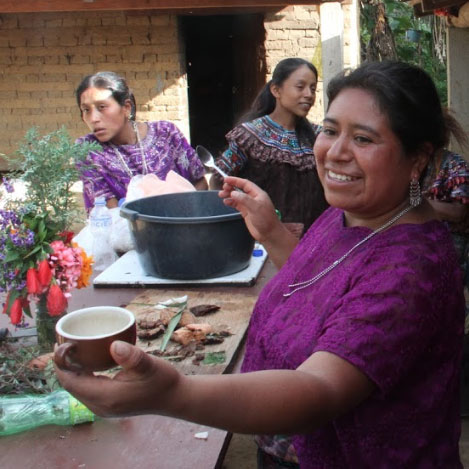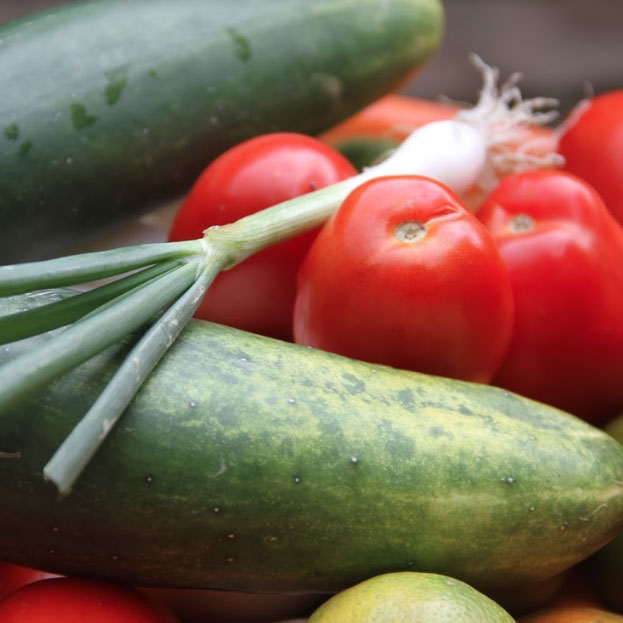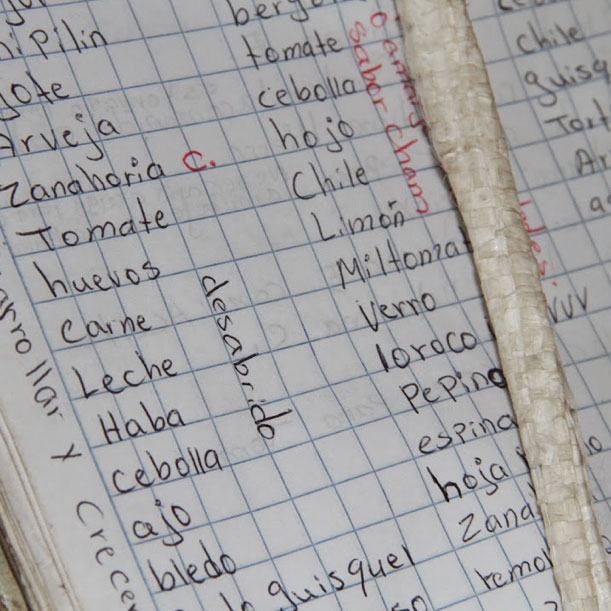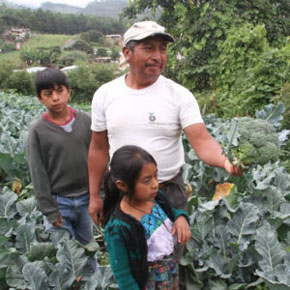
Ensuring Food Security
HOPE AT HOME is EPIC’s current focus. As migration is most often the result of desperation, how exactly does EPIC create hope at home in Central America? EPIC is now highlighting our work using four primary strategies: Ensuring Food Security, Protecting the Environment, Building Hope and Solidarity for Youth, and Protecting Human Rights.
The UN World Food Program (Dec. 12, 2018) analyzed data on migrants from El Salvador, Guatemala and Honduras who were rejected by Mexican immigration authorities when they tried to reach the United States. Contrary to the common perception that migration from these countries is driven primarily by violence and gangs, 65 percent cited food insecurity.

Malnutrition in Guatemala
Guatemala has the fourth highest rate of chronic malnutrition in the world and the highest in Latin America and the Caribbean. Chronic undernutrition for children under 5 years old is 49.8% for the country as a whole. The majority of EPIC’s work is with indigenous families where the percentage of chronic undernutrition raises to 70%. In addition, successive droughts in Guatemala’s dry corridor are causing new acute food shortages (USAID 2018).
Increasing Food Production
FUNDAMARCOS has the Baja Verapaz Sustainable Agriculture and Health Education Program. During the last two years this program shifted its geographic area of emphasis to the east in order to serve villages in Guatemala’s dry corridor. Here is how the program enables families to have food security and hope in their home villages:
* Plant vegetable gardens – individual home gardens plus community gardens tended by groups of women
* Increase available protein by increasing the number of chickens in family flocks
* Plant hundreds of fruit trees
* Increase yields of corn and beans by promoting sustain-
able agricultural practices that maximize use of rainfall and conserve soil on hillside farms. Teach farmers to improve soil fertility organically.
* Plan for weather extremes – planting crops that like lots of water and crops that will survive drought
Some real numbers: In addition to the vegetables produced in home gardens, the community gardens in 16 villages have produced 16,145 pounds of vegetables, giving each woman 157 pounds of extra vegetables to take home for her family. Increasing number of chickens in family flocks increases available protein on the menu. This 250 egg incubator allows families to increase their flocks of native, disease resistant chickens even when they don’t have a broody hen to sit on their eggs. Several families at a time bring fertilized local eggs to the center for incubation. To achieve better survival rates, the newly hatched chicks are kept a week in a brooder and vaccinated before being given back to the families. These chickens in a family flock are fed all the leafy waste from the family’s vegetable garden, plus many local wild plants, so they need less grain. The chicken manure is collected and used to provide nitrogen for compost piles which will then fertilize the vegetable gardens. All these elements work together to increase the quality, diversity and amount of food on the family table.
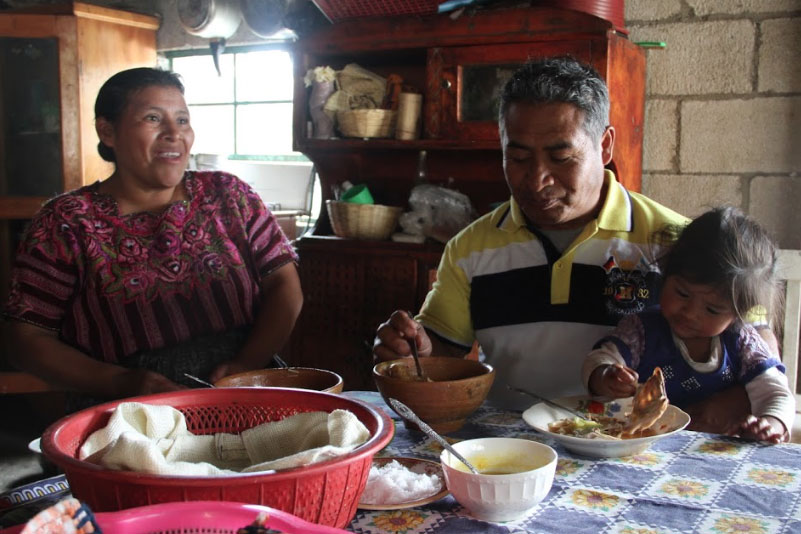
La Semilla in Honduras planted fruit trees with primary schools in 6 villages. The children, with instruction from the La Semilla staff, planted 128 fruit trees in their school yards. They planted 6 varieties of fruit: oranges, tangerines, lemons, avocados, nances, and peaches. Another 2,162 fruit trees were planted by families participating in the La Semilla Program. With a 12 month growing season, these trees around houses and on farmland will begin to produce fruit in just a couple years. The kids will rejoice!
Planting fruit trees to prepare for weather extremes. The areas of Honduras and Guatemala where EPIC is working are naturally good for producing great fruit. The variety of fruit depends upon the attitude. Even when annual crops like corn and beans fail due to erratic or no rain, fruit trees that have deeper roots can provide a harvest. This adds nutritional variety to the family diet, and some fruit can be sold to buy corn and beans. To plant a fruit tree, a farmer first digs a large hole, and then fills it with organic material. This allows moisture to be maintained around tree roots. Sometimes, during prolonged drought, valuable fruit trees are kept alive by carrying water long distances to each tree. The joy of receiving tangerine trees and the work of taking them home.
The FUNDAMARCOS Baja Verapaz Sustainable Agriculture and Health Education Program in Guatemala has developed a friendship with the INDE national tree nursery in Cubulco, the municipal seat. In 2018-19 INDE gave the program 4,648 fruit trees, mostly oranges, tangerines, and lemons. The people value these trees so highly that they are willing to carry them on their backs for an hour or more to reach their homes and farms. Now all of the fruit trees have been planted.
In addition to addressing the problems of food insecurity in Guatemala and Honduras, EPIC supported smaller programs of sustainable agriculture in Mexico and El Salvador. In their own settings, each program is experimenting with developing agricultural practices that will help farmers become more resilient to the climate change which is already effecting their lives.
To reduce the need people feel to migrate, Strategy #1 – Ensuring Food Insecurity is complimented by Strategy #2 – Protecting the Environment.



